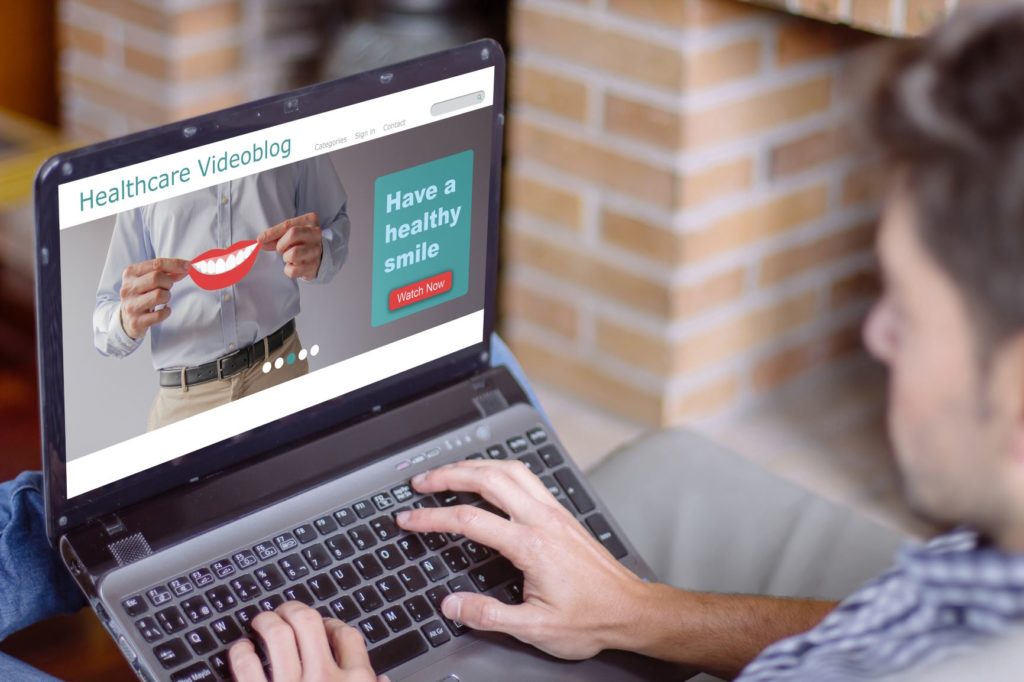
Healthcare content marketing faces unique challenges. Marketers must communicate about complicated topics while maintaining a level playing field with real-world medical experts. There’s no room for error, and the target audience has little tolerance for fluff and filler. Marketers also must keep in mind regulatory guidelines regarding healthcare advertising and marketing, such as HIPAA.
Creating impactful content marketing in this context can be tricky. However, expertly crafted, well-executed content can still create value for target audiences, engage existing clients, and capture new consumers’ interest. This, in turn, can generate leads, boost business, and drive the bottom line.
Healthcare Content Marketing Today
Understanding the current healthcare landscape is the first step for marketers who want to harness the power of content. According to the 2020 State of Healthcare Content Marketing report, which surveys healthcare leaders nationwide, 89% of healthcare organizations today engage in some form of content marketing. Popular media formats among healthcare content marketers included infographics, videos, newsletters, social media, blogs, and illustrations.
The increased acceptance of modern tactics like social media is great news. Healthcare can be a traditional industry, hesitant to pursue cutting-edge marketing strategies (due in part to the challenges mentioned in the introduction, e.g., regulatory hurdles). Thus, the sector tends to lag behind others in digital marketing adoption and has only started playing catch up in terms of digital transformation.
So, seeing healthcare organizations report using tools like social media is big news. However, the report also raised a major red flag that’s cause for concern. Although the vast majority of organizations are using content marketing, only 28% report having a document content strategy in place. Thus, it should come as little surprise that organizations are failing to see a solid return on investment (ROI) for content marketing. Some 23% of survey respondents report a lack of health content marketing success.

Real-World Examples of Successful Healthcare Content Marketing
So, what makes for successful healthcare content marketing? One of the best ways to answer this question is to look at real-world examples of companies getting it right. We’ve highlighted some of our favorites below. These examples share a few key traits that make them stand out. They tend to be:
- Creative and driven by original content.
- Intentional and results-oriented, with a clear goal (e.g., getting the target audience to use a hashtag to spread a message).
- Information-based, sharing value-added, exciting content.
See what we mean below.

Johnson & Johnson Medical Devices Vertical
J&J features a dedicated medical devices vertical that provides detailed information about the company’s various supply specialties across orthopedics, surgery, interventional solutions, and vision care. The vertical takes a personalized approach, using direct address (“you”) to engage the reader.
Johnson & Johnson demonstrates how content marketing can make creative use of diverse formats – it’s not just about creating chunks of text. Take this device page devoted to the Trumatch® Graft Cage – Long Bone, for example. The page includes an illustrated timeline of device implementation, from the patient’s arrival in the emergency room to the TruMatch implantation and follow-up.
The content messaging is clear and stresses innovation, as this device is 3-D printed to accommodate the patient’s body. This messaging is consistently upheld across the platform. For example, scrolling down on the main page, the reader comes across the brief tagline “Medical Devices: 130 Years of Innovation.”
Mayo Clinic “Sharing” Patient Stories Blog
The Mayo Clinic’s Sharing blog shows how adding personalization to healthcare content can enhance influence and impact. This insightful blog features stories from real-world patients and their loved ones – and the healthcare professionals who treat them. The narrative style allows for emotional impact and creates a connection with the audience. However, every story is backed by fact-based evidence.
For example, take the story of Gayle Wilkerson, who has lived for a decade thanks to a left ventricular assist device (LVAD). This is a milestone that very few people have achieved. Medical devices can seem impersonal, and language like “LVAD” can be alienating. However, the interview with Ms. Wilkerson, who lives with congestive heart failure, literally gives this cutting-edge medical device a face.
Cleveland Clinic “Health Essentials” Information Platform
The Cleveland Clinic is another respected source of public health information trusted by healthcare professionals, suppliers, payors, and non-specialists alike. The Health Essentials content platform covers everyday topics “normal” people wonder about, from how to relieve stress to the utility of dry brushing and the possible health benefits of apple cider vinegar.
A comprehensive health library supplements this more informal content. Here, users can search medical questions and answers by keyword. There is also a dedicated vertical for medical devices. For example, if you input “asthma” into the search on the “Drugs, Devices & Supplements” page, you get various suggestions – including results for different types of dry powder inhalers.
The dedicated page for each type of device provides intricate detail. Here’s the page for the Dry Powder Inhaler (DPI): Diskus® as an example. It includes simple explanations, images, step-by-step usage instructions, and maintenance details.
GE Healthcare
GE is a significant provider of medical devices, from radiology to ultrasound machines. Their healthcare platform provides valuable information about their products. However, it also uses effective content marketing by purposefully engaging the website visitor and requiring them to get actively involved. Scrolling down on the main page, you’ll see how people are encouraged to take action.
The promotion for the Vscan Air™ handheld ultrasound device encourages you to “Visit the Experience.” When you click, you’re taken to a dedicated page that incorporates real-world interviews with healthcare professionals, a docuseries, and hashtags you can use to push out the page (#VscanAirFirstLook, #GEfortheFrontlines, #POCUS).
This is a fantastic example of how creative you can get with healthcare content marketing. Creating a streaming docuseries is a genuinely innovative way to capture people’s attention and raise awareness about new medical device products.
Share Moving Media Boosts Your Healthcare Content Marketing
Share Moving Media is a full-service media company that works with medical and healthcare suppliers. We can help enhance your content marketing, creating value-added, actionable content that resonates with your target audience and inspires them to take action. We don’t just help you create content. We support an overall strategy. Subscribe to our newsletter for more healthcare content marketing news.
Ready to ramp up your healthcare marketing? Contact us.